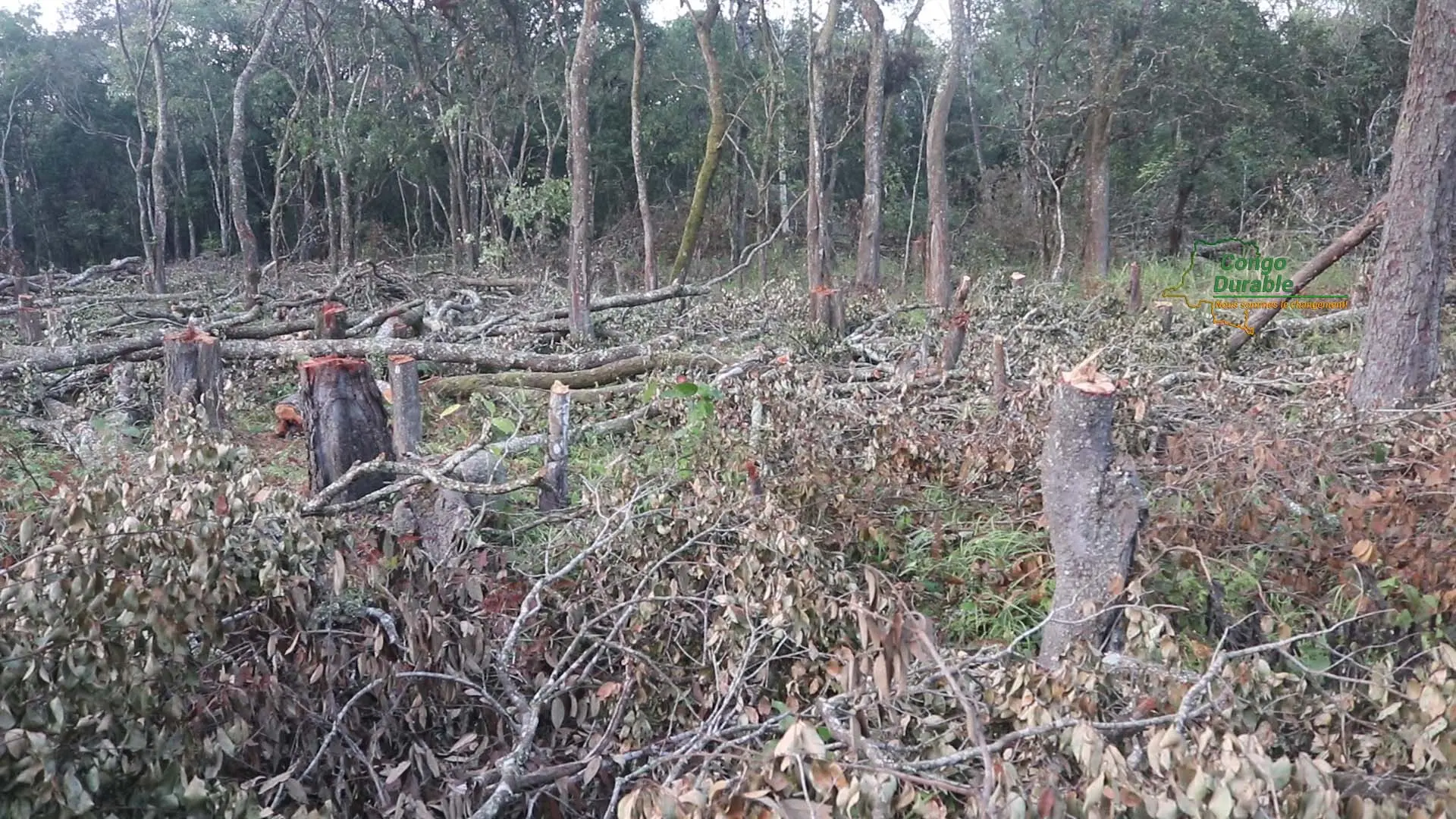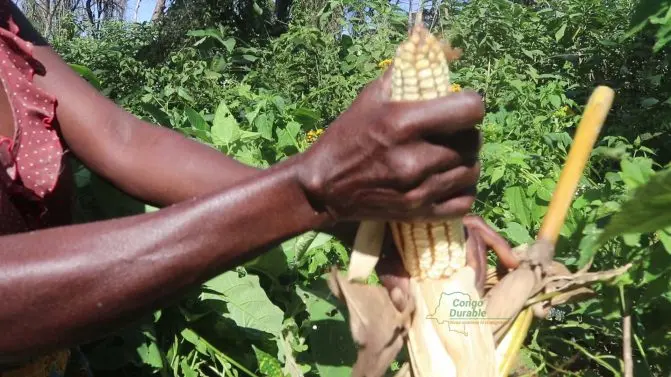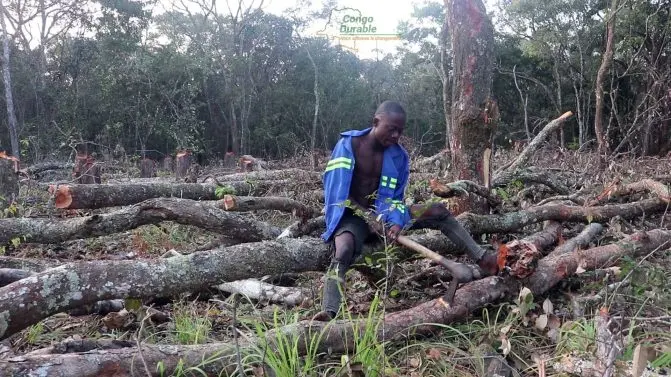This story excerpt was translated from French. To read the original story in full, visit Congo Durable. You may also view the original story on the Rainforest Journalism Fund website here. Our website is available in English, Spanish, bahasa Indonesia, French, and Portuguese.

Commercial crops of maize, peanuts, and beans are eating up the forest in and around Kalamba, in the Kapanga territory bordering East Kasai Province in central Democratic Republic of the Congo (DRC). Many gallery forests are disappearing one after the other. Intense agricultural activities since the end of the 1990s require more forest than exists each year.
In this region, more than 1,000 kilometers from the famous copper and cobalt mines of Katanga and the diamond mines in neighboring Kasai, land is an absolute treasure. The conditions for accessing it, however, sometimes cause head bashing. In addition, intense deforestation activities contribute to climatic disturbances. The harvests, for their part, no longer encourage the farmers and the prospects are no longer very good. Those who resist then cut down the gallery forests!

As a nonprofit journalism organization, we depend on your support to fund journalism covering underreported issues around the world. Donate any amount today to become a Pulitzer Center Champion and receive exclusive benefits!
In Kalamba, a city of more than 40,000 inhabitants, for example, it is necessary to cultivate, by hand, to afford everything. Schooling your children, building your house with sustainable materials as they exist in the city, paying for a bicycle, a motorcycle, or simply getting dressed, everything comes from there. Regular rains and short dry spells in between during the rainy season are necessary to increase the harvest. But the rain cycle itself is disrupted.
Kyondo Mobile. Democratic Republic of the Congo, 2022.



- View this story on Top Info
- View this story on EnviroNews RDC
- View this story on LushiActu.com
- View this story on La Guardia
















